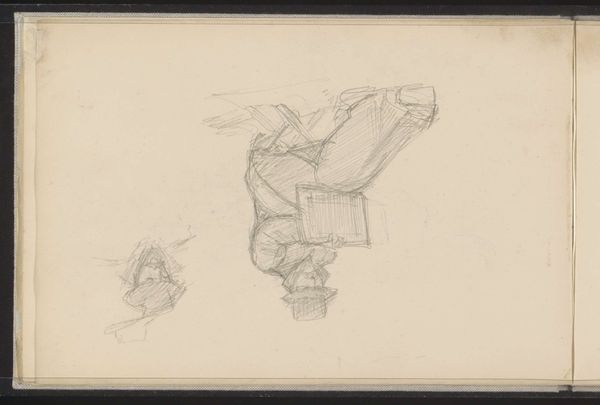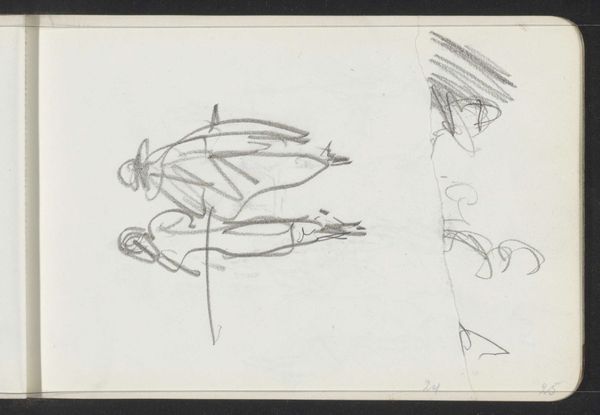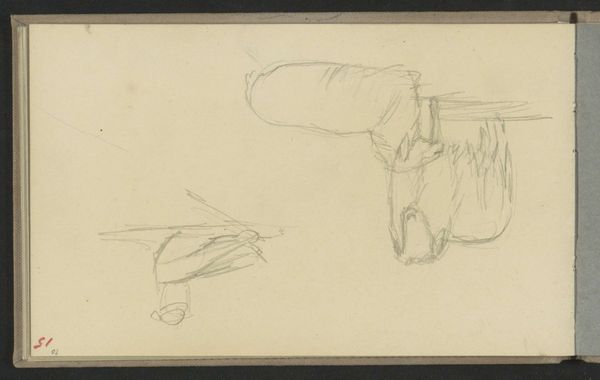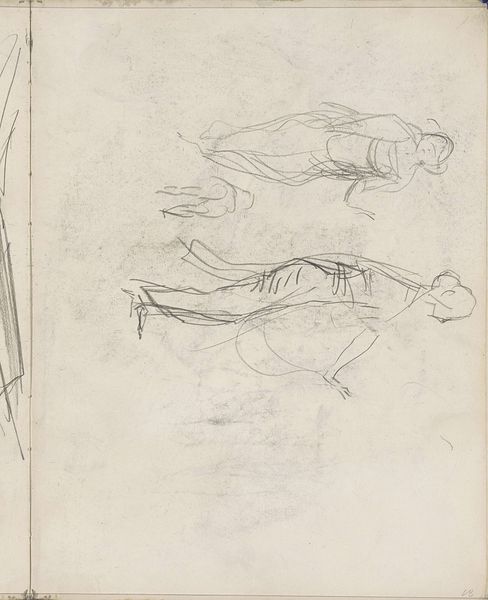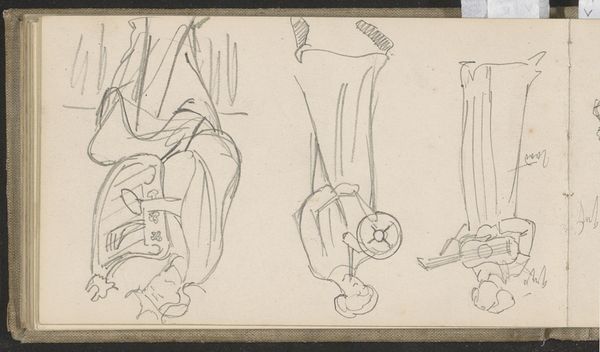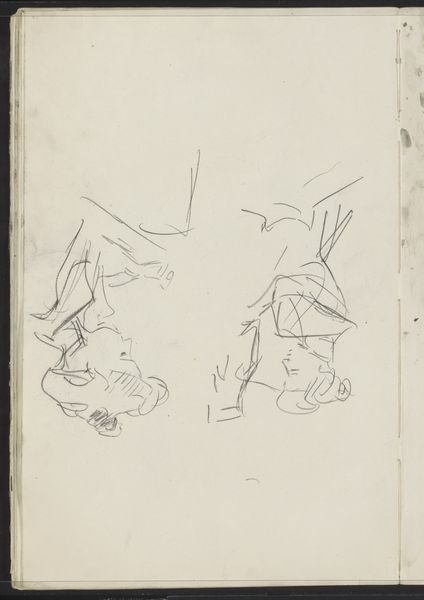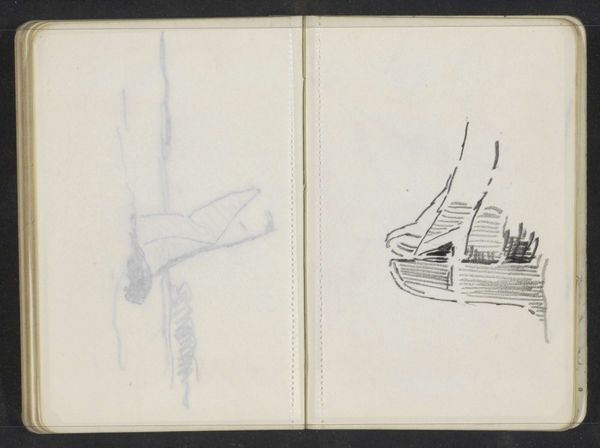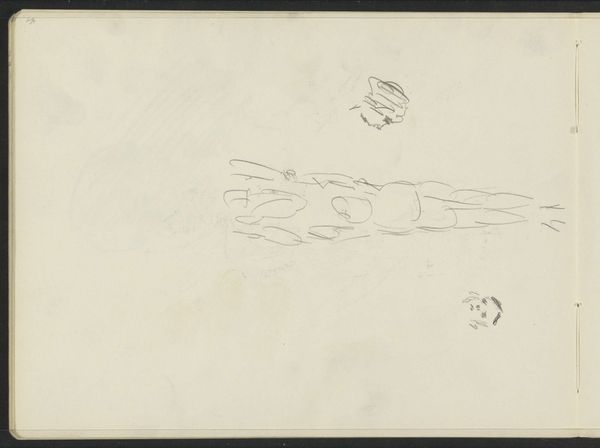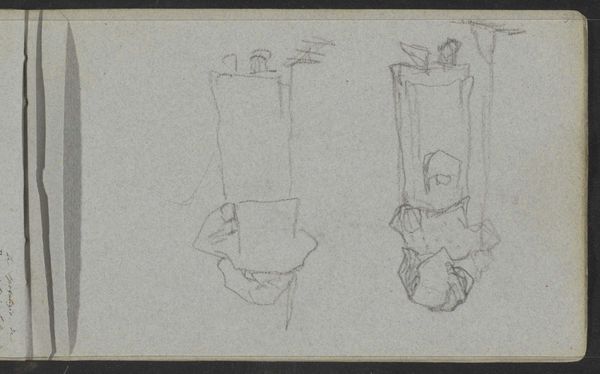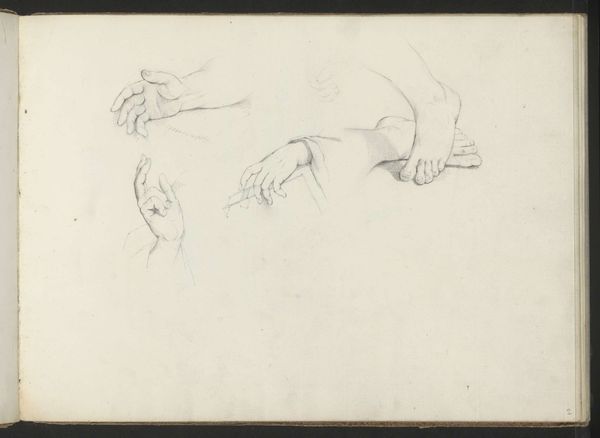
drawing, pencil
#
portrait
#
drawing
#
figuration
#
pencil
#
realism
Copyright: Rijks Museum: Open Domain
Editor: This is "Girl, Standing with Arms Behind Her Back," a pencil drawing by Jozef Israëls, sometime between 1834 and 1911. I’m struck by how tentative it feels, almost ephemeral because of the medium. What's your take? Curator: It’s crucial to remember that drawings like these weren’t always destined for the gallery wall. They often represent the preliminary stages of art-making – a process deeply embedded in labour and the efficient use of resources. What kind of paper did Israëls employ? Was it mass-produced? Thinking about those questions gets us closer to understanding the materiality of the work. Editor: That’s a good point, I hadn't really considered the material. Curator: And what about Israëls' process? This looks like a quick study, a way to capture the form and light. What were the working conditions for an artist like him? Did he have access to models readily? Was this drawing intended for a larger work, or was the process itself the point? These aren't just aesthetic choices, they’re indicative of the artist's labour. Editor: So you see the drawing not as just an artistic statement, but a document of the working process of its time? Curator: Precisely. Consider how industrialization was transforming artistic production at this time. Even something as simple as a pencil reflects broader economic and social changes. The materials available, the speed of production – all tie into this intricate web. What do you notice about the pose and the repeated studies on this one sheet? Editor: I see two, maybe three versions of the figure… perhaps trying out different positions, as practice? Curator: Exactly. It emphasizes the labor of perfecting a form, not the effortless execution that some might assume. It grounds the image in a reality of practice and materiality. Editor: That’s a really different way to appreciate it. I was so focused on the subject; now I see the context. Curator: By analyzing the materials and considering the historical moment, we can unravel a richer understanding. It challenges our preconceptions about what constitutes "high art."
Comments
No comments
Be the first to comment and join the conversation on the ultimate creative platform.


